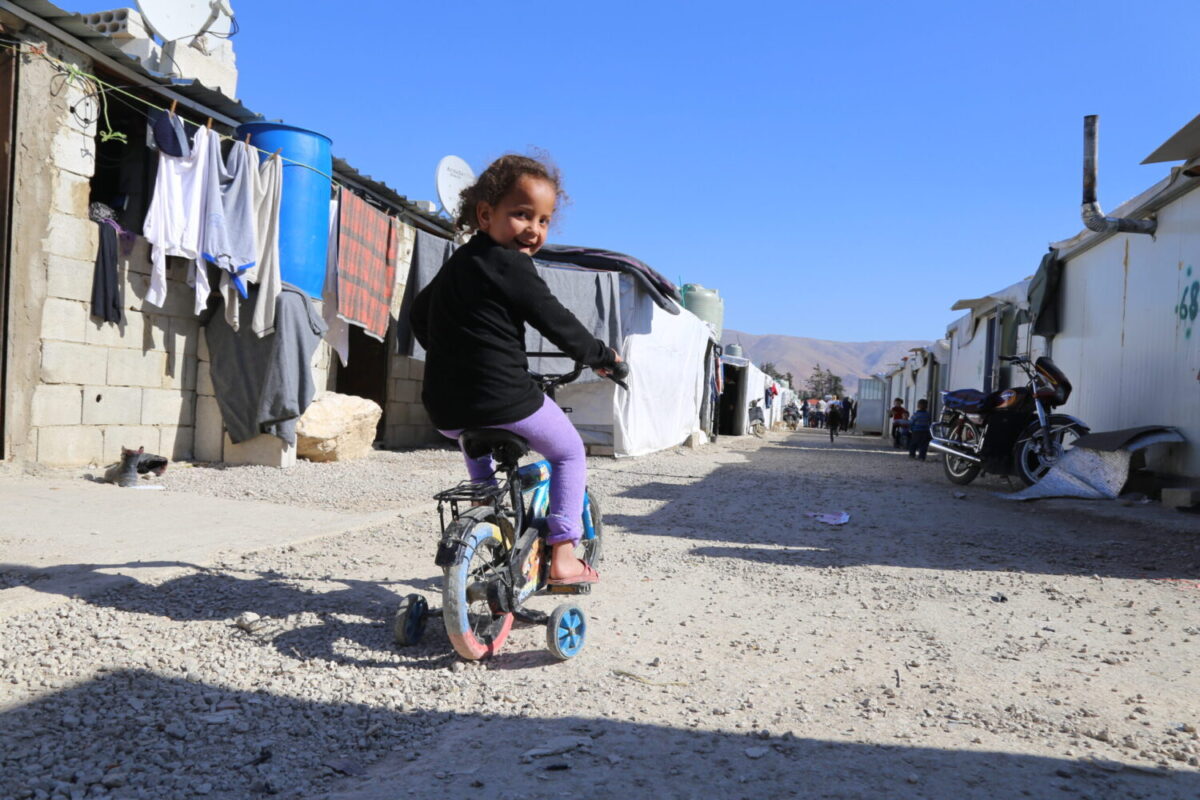Refugee Week: A look at Palestinian refugees since 1948

International Refugee Week (16-22 June) offers a crucial moment to reflect on the ongoing suffering and resilience of Palestinian refugees – victims of forced displacement during the Nakba of 1948, the Naksa of 1967, and the devastating conflict in Gaza today.
Their stories are not just historical; they are unfolding in real time, marked by cycles of exile, injustice, and a struggle for dignity.
Nakba (1948) & Refugees in Jordan, Lebanon & Syria
The Nakba saw the expulsion of approximately 750,000 Palestinians from their homes, villages, and cities. The land, villages and homes left behind by these Palestinians were occupied by Israel to form their state.
Today, more than 5.6 million Palestinian refugees and their descendants are registered with UNRWA. In Jordan, which hosts the largest number of Palestinian refugees, over 2 million are registered, including around 370,000 who live in ten recognised refugee camps. While the majority hold Jordanian citizenship, many remain stateless and marginalised, with restricted access to employment and limited inclusion in the public sector.
Lebanon, home to more than 450,000 registered Palestinian refugees, offers an even harsher reality. Refugees there face legal barriers that prevent them from working in more than 30 professions. Access to public healthcare, property ownership, and education is severely restricted, forcing entire communities to live in overcrowded camps with crumbling infrastructure and high unemployment.
In Syria, before the outbreak of civil war, over 560,000 Palestinian refugees lived across nine official camps. Although largely integrated into Syrian society, they remained stateless and politically disenfranchised. The Syrian conflict shattered these fragile communities. By 2018, only 438,000 remained in Syria, with thousands displaced again, killed, or forced into secondary exile in neighbouring countries or Europe. Once-stable refugee camps like Yarmouk were reduced to ruins, caught in the crossfire of war and deliberate sieges.
Naksa (1967) & Camps in West Bank & Gaza
The Naksa of 1967 brought another wave of displacement. Before the start of Israeli attacks in October 2023, around 1.3 million Palestinian refugees lived in Gaza’s eight overcrowded camps, and over 228,000 resided in 19 refugee camps across the West Bank.
These are the refugees and their descendants, from the Six-Day war of 1967 – where Israel seized control of the Gaza Strip, West Bank and East Jerusalem from Arab governments. Dozens of Palestinians villages were destroyed, and almost 300,000 Palestinians were displaced from their homes by the Israeli military and its affiliated militia.
Camps such as Jabalia in Gaza and Balata near Nablus are characterised by high population density, poor sanitation, and limited access to clean water or reliable electricity. Over the decades, these camps have been targeted during military operations and continue to suffer under the occupation and blockade.
Learn more about the Naksa here.
Gaza Today
Today, Gaza itself is the epicentre of a modern refugee crisis. Over 1.7 million people – more than 75% of the population – are displaced, many for the second or third time in their lives.
Israel’s current onslaught on Gaza, that started in October 2023, has struck countless civilian targets – from refugee camps and UN-run shelters. Israeli forces have even attacked hungry and destitute people at aid centres run by the Israel-affiliated Global Humanitarian Foundation (GHF). The GHF, while branding itself as an apolitical relief organisation, has been accused by credible media outlets and activists of operating with direct influence from Israeli intelligence bodies, including alleged ties to Mossad. Its role in facilitating Israeli narratives while undermining neutral humanitarian access has drawn condemnation across the world.
The scenes at these so-called aid centres evoke comparisons to The Hunger Games – chaotic, violent, and devoid of dignity. Hunger is being weaponised, with aid turned into a deadly trap. According to UN agencies, Gaza is facing famine-like conditions, with the majority of residents experiencing severe food insecurity. Families walk for hours or days to reach aid points, often only to find violence, meagre rations, or none at all.
The Right of Return & Refugee Week
At the heart of the Palestinian refugee crisis lies the right of return – a principle enshrined in UN Resolution 194. This resolution affirms the right of Palestinian refugees to return to their homes and receive compensation for their losses.
Yet, for 76 years, this right has been denied.
The international community’s failure to uphold it has enabled Israel’s ongoing policy of erasure and impunity. The continued exile of Palestinian refugees from Jordan to Lebanon, from Gaza to Syria, and now into death or displacement, is not a humanitarian issue alone – it is a political crime.
This Refugee Week, we must not only recognise Palestinian suffering – we must act to end it. Raise awareness in your community. Share the stories of families exiled for generations. Write to your MP and demand the UK government support the right of return, the delivery of unrestricted humanitarian aid, and an end to the siege of Gaza.
Justice for Palestinian refugees is not a distant dream – it is a legal right and a moral obligation.
#PalestineFacts
Calculate your Zakat
Confused about how to calculate your Zakat? Try our simple-to-use calculator


![The 2025 Gaza Freedom Flotilla - Madleen - departing Catania, Sicily on 1 June 2025 [Tan Safi / Freedom Flotilla Coalition]](http://www.interpal.org/wp-content/uploads/2025/06/freedom-flotilla-madleen-500x333.jpg)
![A view of Jerusalem, Occupied Palestine, published on January 2022 [Ilanit Ohana / Unsplash]](http://www.interpal.org/wp-content/uploads/2025/06/ilanit-ohana-A6eCf7FvGFk-unsplash-500x333.jpg)

